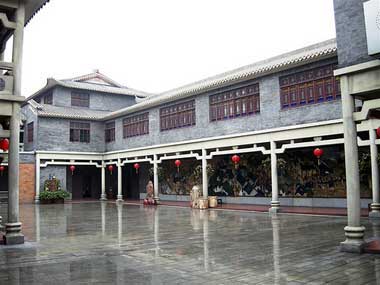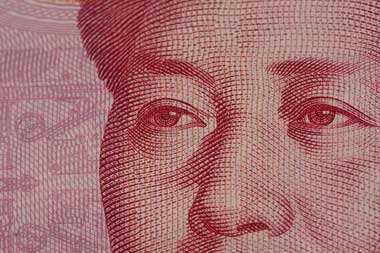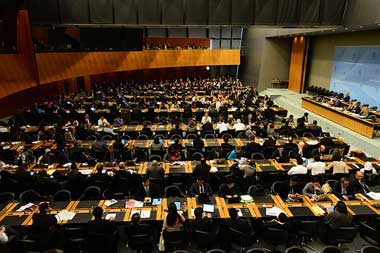The top 5 affluent cities in China
When Westerners picture China's richest areas, they tend to think of the larger cities: Beijing, Shanghai or Shenzhen. These metropolises are certainly where the bulk of the nation's consumers live. But, while it is true that these cities are home to China's rising middle classes, as well and the largest concentration of its super rich, there are many other factors which demonstrate the extent of Chinese affluence.
When the China County Economic Research Bureau released a relative affluence map in 2010, what surprised observers the most was the fact that many of the names on the list were completely unknown to most foreigners, with neither Beijing nor Shanghai featuring in the top 5.
1. Kelamayi, Xinjiang Named after the Uyghur language word meaning ‘black oil', this city of 450,000 people lies close to large pockets of oil and natural gas reserves, including one of the largest oil reserves ever discovered in China, in 1955. Since then the city has blossomed into a key oil-producing and refining centre. In 2008 the GDP of Kelamayi reached ¥66.1 billion. The city also produces natural stones, like Jade.
2. Dongguan, Guangdong A teeming industrial city at the heart of a region of 25 million inhabitants, Dongguan lies on the Pearl River Delta. It is home to the world's largest shopping mall, New South China Mail. Within Dongguan itself there are approximately 6.94 million people. The city is a manufacturing hub and is also widely-renowned for its sex industry.
3. Suzhou, Jiangsu Suzhou is located in the south-east of Jiangsu province, in eastern China, on the lower reaches of the Yangtze River. Founded in the 6th century, the city boasts over 2,500 years of diverse history, with relics of the past remaining in abundance. There are numerous canals, stone bridges and pagodas, as well as beautifully landscaped gardens. This has all contributed to making the city both an important economic hub and one of China's key tourist destinations.
4. Foshan, Guangdong Foshan is a city of around 3.6 million inhabitants in the Guangdong province of southern China. The city comprises migrants drawn to the area from outlying Chinese provinces, speaking mostly Mandarin, and natives who speak a Foshan variant of Cantonese. Foshan was once a hub for the porcelain industry; it is now home to many large private enterprises. Its main claim to fame is its predilection for the martial arts.
5. Wuxi, Jiangsu Wuxi is a venerable ancient city in Jiangsu province on China's east coast. The city itself is split into two portions by Lake Tai, the northern half looking across the Yangtze River, while the southern half faces Zhejiang. Wuxi has a long history of commercial involvement, particularly trading with modern Shanghai. A regional transportation hub, Wuxi is also famous for its fertile farmlands, and is one of the 15 great economic hubs of China.




